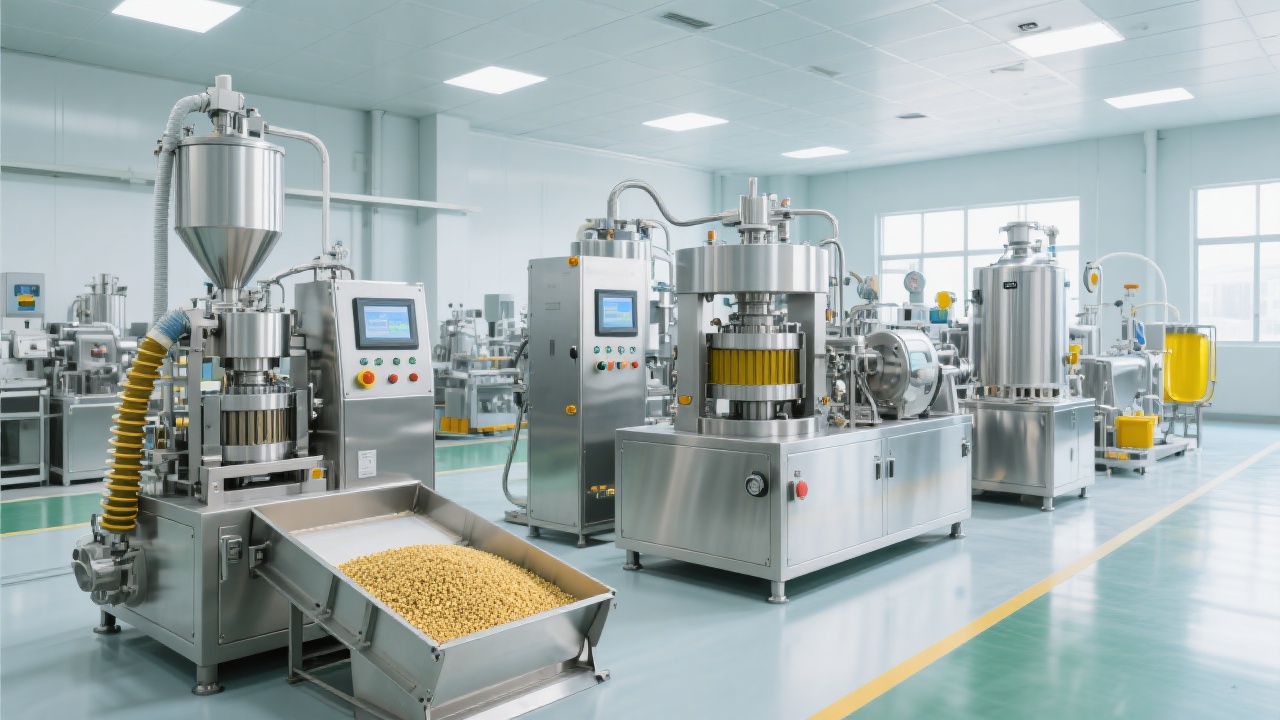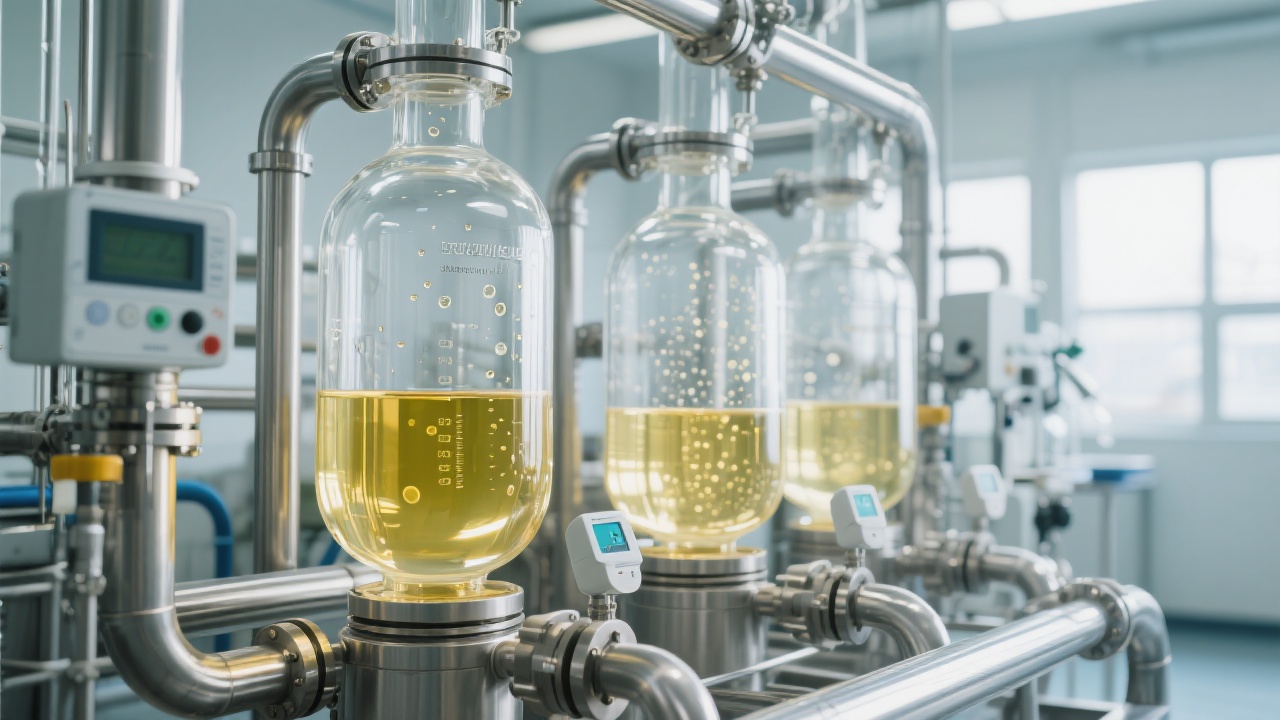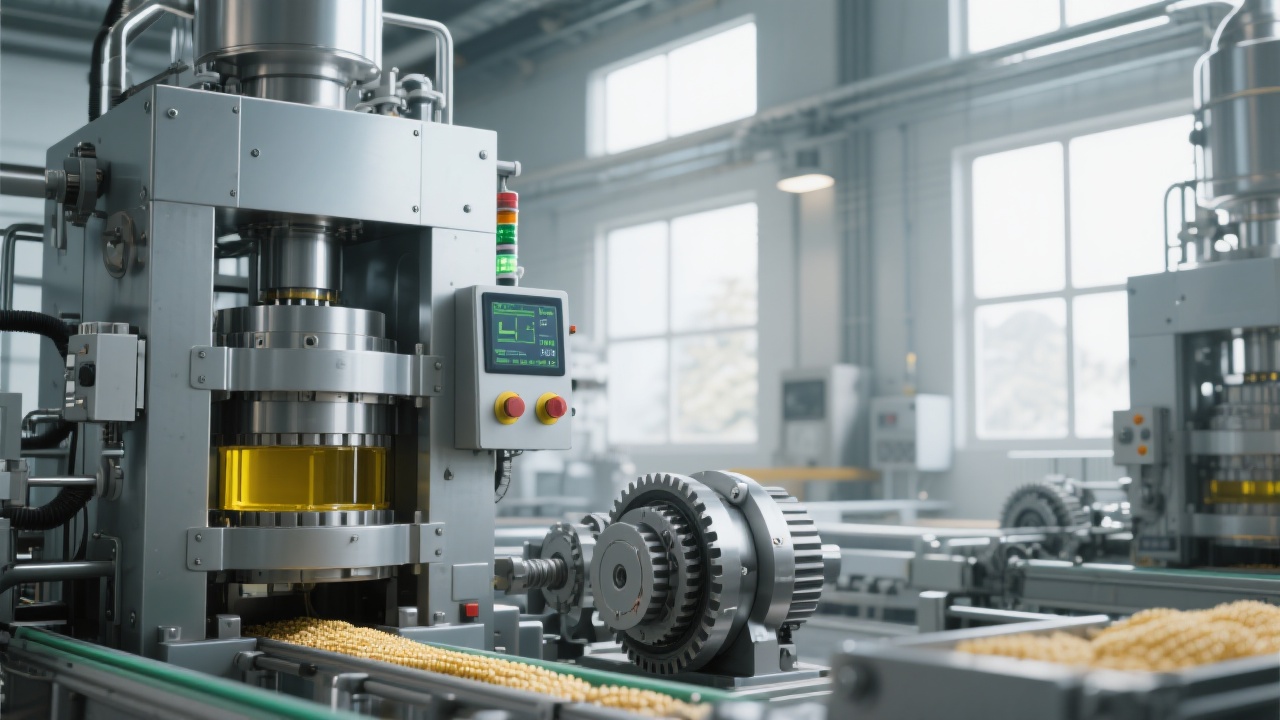
In the global edible oil market, quality is not just a feature—it’s your entry ticket. In my 18 years of working with exporters across Europe, Southeast Asia, and Latin America, I’ve seen how one misstep in peanut oil production can cost a company millions in rejected shipments. This guide breaks down what really matters—from raw material selection to final certification—with actionable steps backed by real data and international standards.
Before pressing even a single kernel, you must screen peanuts for moisture content and mold contamination. According to FAO (Food and Agriculture Organization), peanuts with >8% moisture or >2% mold count are at high risk of aflatoxin contamination—leading to immediate rejection under EU Regulation (EC) No 1881/2006.
| Parameter | Acceptable Range | Risk if Exceeded |
|---|---|---|
| Moisture Content (%) | ≤ 7.5% | Increased microbial growth, rancidity |
| Mold Count (%) | ≤ 1.5% | Aflatoxin B1 > 20 ppb — non-compliant |
The key to stable acidity levels lies in precise temperature control during extraction. A study published in the Journal of Food Engineering found that maintaining press temperatures between 60–70°C reduced peroxide value (PV) by up to 35% compared to traditional methods exceeding 80°C.

Why does this matter? High PV indicates early oxidation—a red flag for buyers in Japan, Germany, and the U.S., where food safety compliance is stricter than ever. Our clients using automated peanut oil presses report consistent PV below 5 meq O₂/kg across batches—well within ISO 5651 limits.
Here’s what importers actually check before signing off:
Don’t wait until shipment to discover gaps. Start with a documented HACCP plan covering critical control points like dehulling, pressing, and packaging. Then move toward ISO 22000 or BRCGS certification—both require traceability, staff training, and regular internal audits.
For example, a Malaysian exporter we worked with cut their audit failure rate from 40% to under 5% after implementing an automated monitoring system tied to their quality management software. That’s not just compliance—it’s competitive advantage.

Manual processes introduce variability. One operator might run the press at 75°C while another hits 85°C—resulting in inconsistent acid values across batches. With fully automatic peanut oil press lines, temperature, pressure, and time are locked into calibrated profiles. Our clients report 98% batch-to-batch consistency in AV and PV—critical for repeat orders from major retailers like Carrefour or Lidl.
EU Green Deal regulations now require energy-efficient systems and waste minimization. Automated presses reduce energy consumption by ~20% versus older models—and integrated filtration units recover up to 95% of residual oil from cake, boosting yield without compromising purity.
 peanut oil production line including pre-treatment, pressing, refining, and packaging stages" style="width: 100%; height: auto; margin-top: 16px; border-radius: 6px; object-fit: cover;">
peanut oil production line including pre-treatment, pressing, refining, and packaging stages" style="width: 100%; height: auto; margin-top: 16px; border-radius: 6px; object-fit: cover;">
If you’re serious about exporting peanut oil successfully, start with these four pillars: strict input control, optimized pressing, rigorous testing, and certified processes. These aren’t optional—they’re the foundation of trust with global buyers.
We’ve helped over 30 manufacturers in India, Vietnam, and Brazil achieve ISO 22000 and BRCGS certification. Let’s build your roadmap together.
Get Your Free Quality Audit Checklist →
